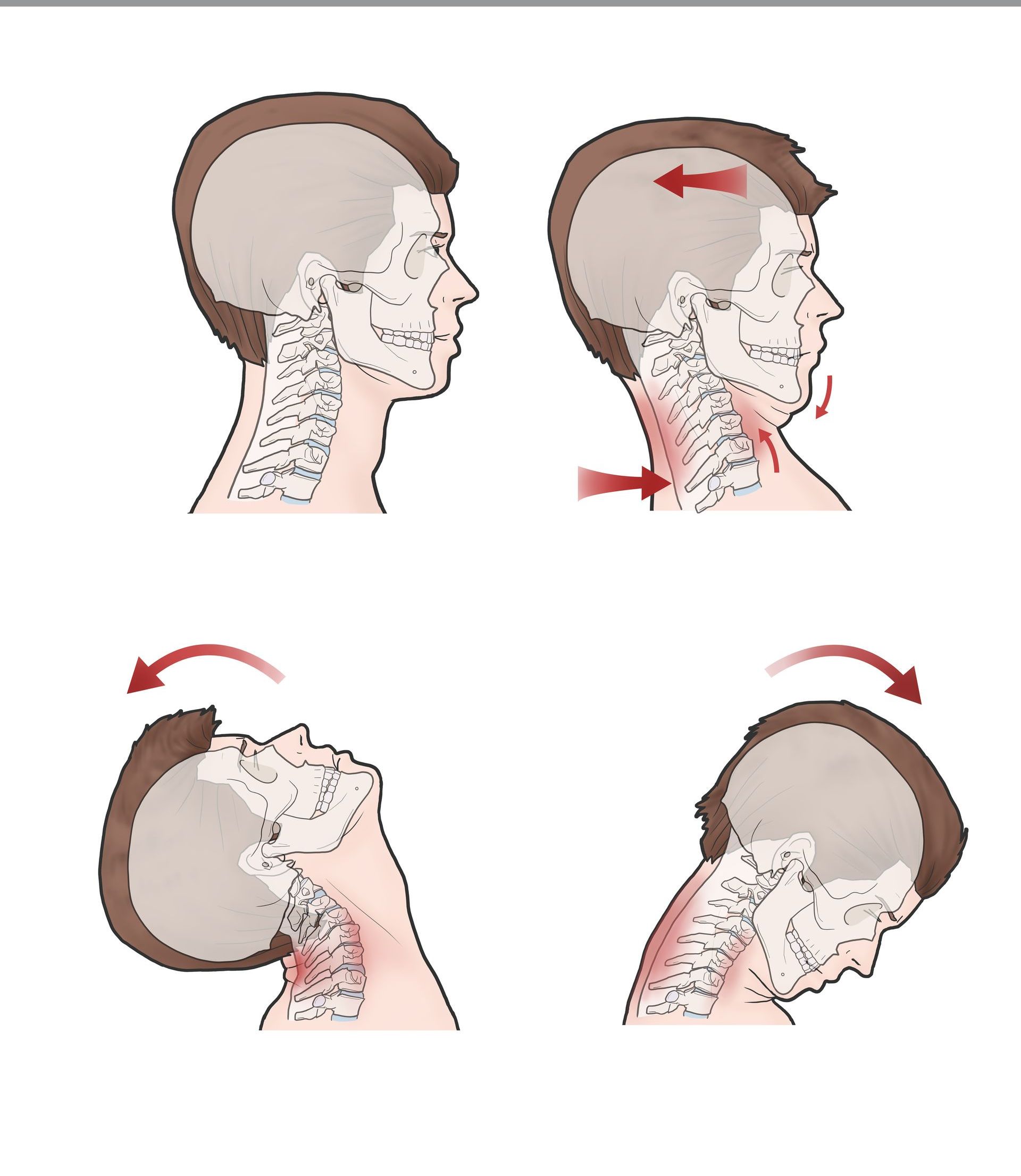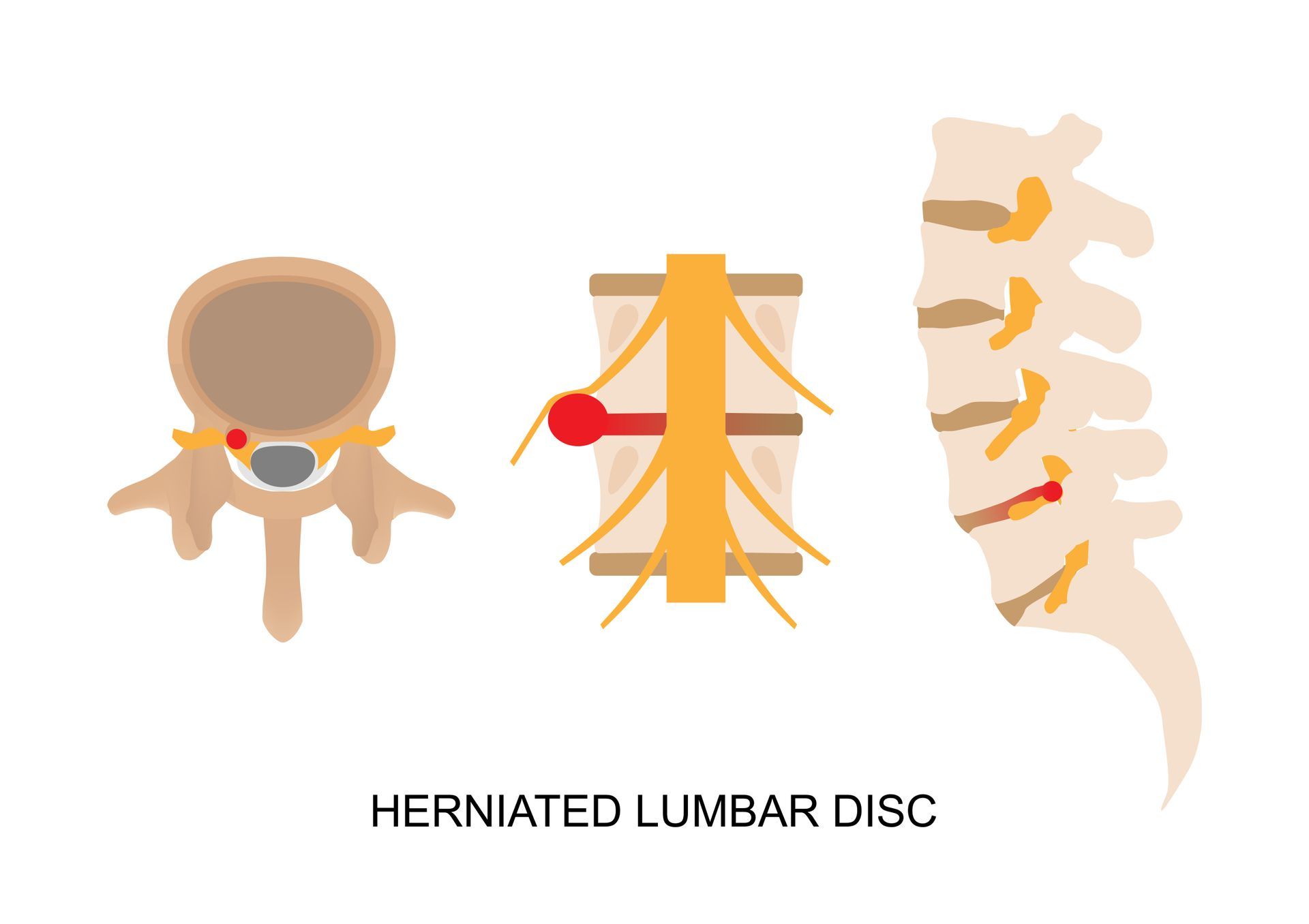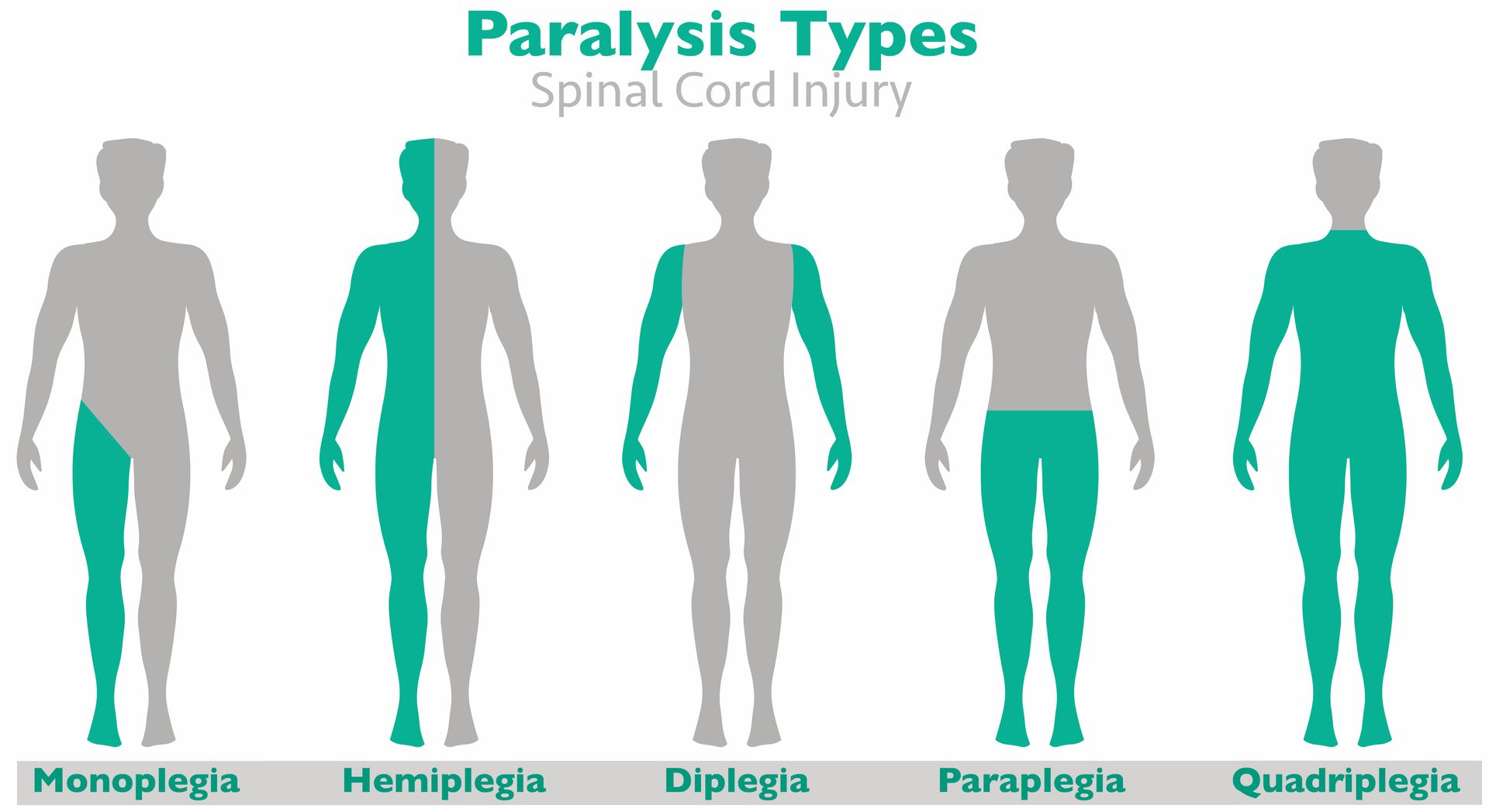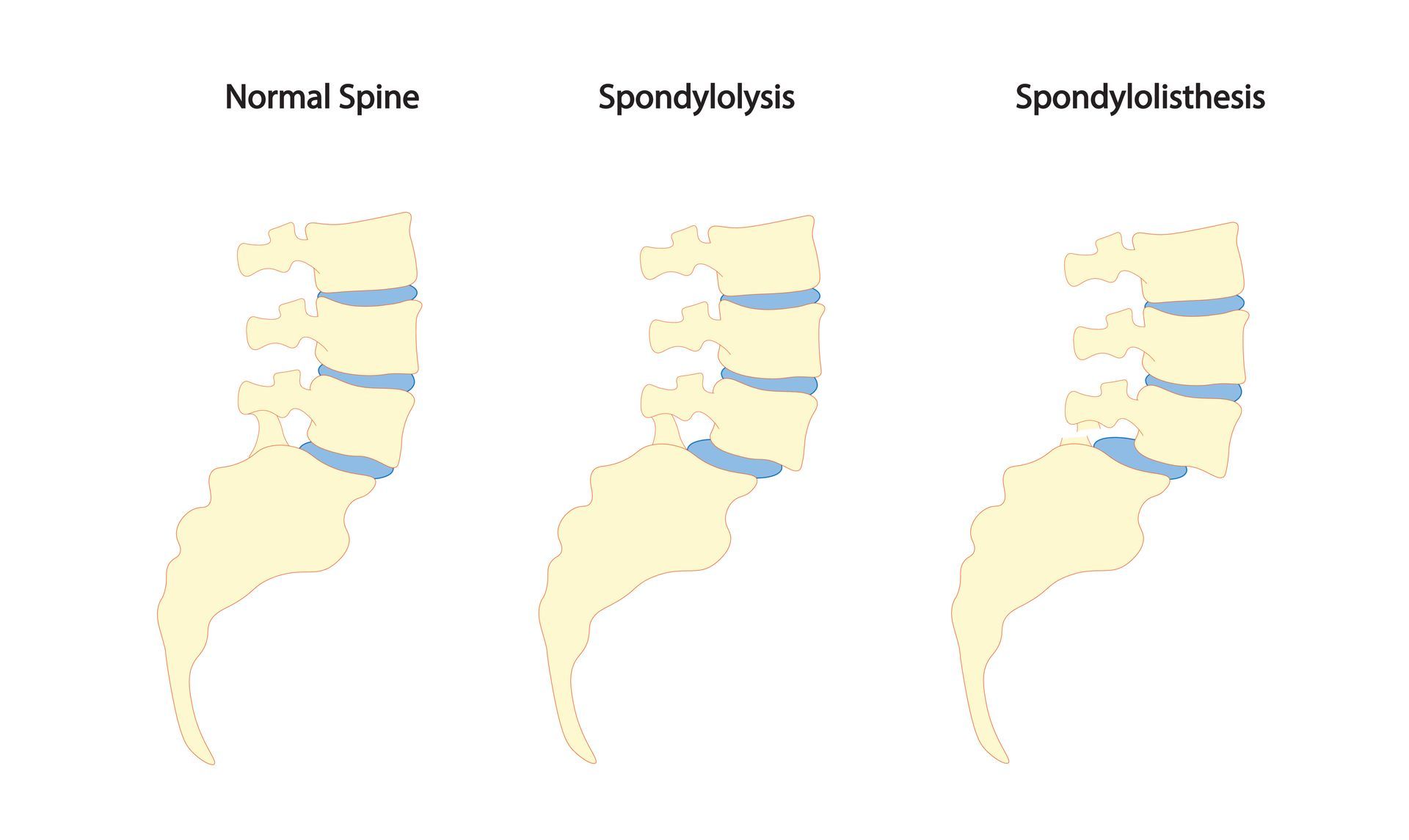Car accidents are one of the leading causes of spine injuries, ranging from mild discomfort to life-altering conditions. Even in seemingly minor accidents, the impact on your spine can lead to long-term pain, loss of mobility, and, in severe cases, permanent disability. Understanding the different types of spine injuries that can occur in a car accident and recognizing the symptoms can help you seek timely medical attention and improve your chances of recovery. In this blog, we’ll explore the six most common types of spine injuries that can result from a car accident and how to recognize and treat them.
Don't Call Christina Later, Call Christina Now
Follow us
The 6 Common Types of Spine Injury from a Car Accident
Understanding the Impact:
The 6 Most Common Spine Injuries from Car Accidents
and How to Recognize Them
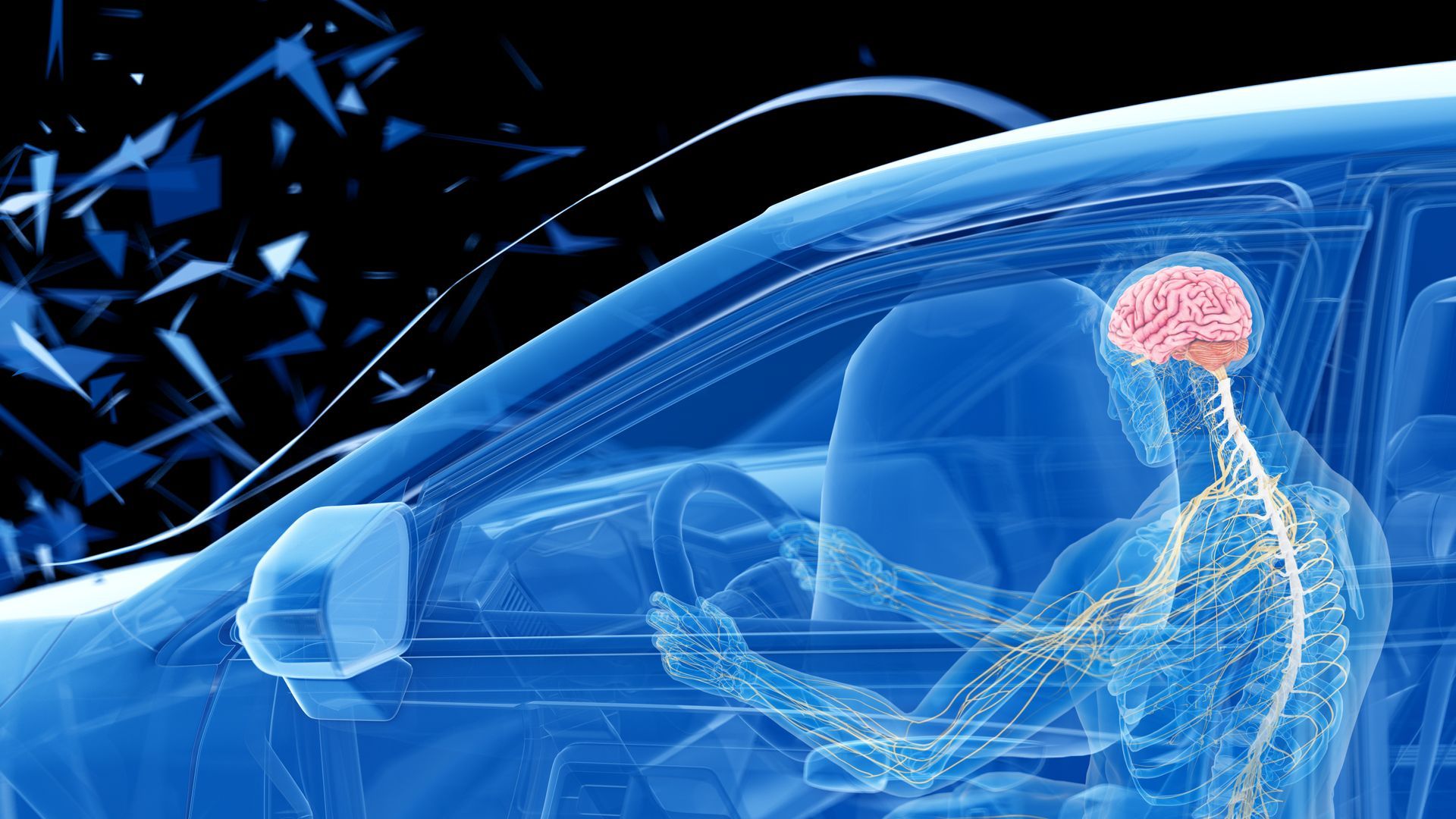
Nature's Symphony
Whiplash Injury
What is Whiplash?
Whiplash is one of the most common spine injuries following a car accident, especially rear-end collisions. This injury occurs when the head is suddenly jerked forward and then backward, causing strain to the neck and spine. The rapid motion can stretch and tear muscles, ligaments, and tendons in the neck and upper back.
Symptoms:
- Neck pain and stiffness
- Headaches, especially at the base of the skull
- Shoulder or upper back pain
- Reduced range of motion in the neck
Treatment:
Whiplash is often treated with rest, ice or heat therapy, pain medication, and physical therapy. If symptoms persist, further medical intervention may be required.
Whiplash Injury
What is Whiplash?
Whiplash is one of the most common spine injuries following a car accident, especially rear-end collisions. This injury occurs when the head is suddenly jerked forward and then backward, causing strain to the neck and spine. The rapid motion can stretch and tear muscles, ligaments, and tendons in the neck and upper back.
Symptoms:
- Neck pain and stiffness
- Headaches, especially at the base of the skull
- Shoulder or upper back pain
- Reduced range of motion in the neck
Treatment: Whiplash is often treated with rest, ice or heat therapy, pain medication, and physical therapy. If symptoms persist, further medical intervention may be required.
Nature's Symphony
Whiplash Injury
What is Whiplash?
Whiplash is one of the most common spine injuries following a car accident, especially rear-end collisions. This injury occurs when the head is suddenly jerked forward and then backward, causing strain to the neck and spine. The rapid motion can stretch and tear muscles, ligaments, and tendons in the neck and upper back.
Symptoms:
- Neck pain and stiffness
- Headaches, especially at the base of the skull
- Shoulder or upper back pain
- Reduced range of motion in the neck
Treatment: Whiplash is often treated with rest, ice or heat therapy, pain medication, and physical therapy. If symptoms persist, further medical intervention may be required.
Nature's Symphony
Nature's Symphony
Herniated Disc
What is a Herniated Disc?
A herniated disc occurs when one of the rubbery discs that cushion your vertebrae in the spine slips out of its normal position or ruptures. This can happen due to the force of a car accident, especially if the impact causes the spine to twist or compress. When a disc presses against nerves, it can lead to severe pain, numbness, and weakness.
Symptoms:
- Sharp or shooting pain that radiates down the arms or legs
- Numbness or tingling in the affected area
- Muscle weakness or loss of coordination
- Difficulty moving
Treatment:
Treatment for a herniated disc can include rest, anti-inflammatory medications, physical therapy, and in some cases, surgery if the pain doesn’t improve with conservative treatments.
Herniated Disc
What is a Herniated Disc?
A herniated disc occurs when one of the rubbery discs that cushion your vertebrae in the spine slips out of its normal position or ruptures. This can happen due to the force of a car accident, especially if the impact causes the spine to twist or compress. When a disc presses against nerves, it can lead to severe pain, numbness, and weakness.
Symptoms:
- Sharp or shooting pain that radiates down the arms or legs
- Numbness or tingling in the affected area
- Muscle weakness or loss of coordination
- Difficulty moving
Treatment: Treatment for a herniated disc can include rest, anti-inflammatory medications, physical therapy, and in some cases, surgery if the pain doesn’t improve with conservative treatments.
Nature's Symphony
Herniated Disc
What is a Herniated Disc?
A herniated disc occurs when one of the rubbery discs that cushion your vertebrae in the spine slips out of its normal position or ruptures. This can happen due to the force of a car accident, especially if the impact causes the spine to twist or compress. When a disc presses against nerves, it can lead to severe pain, numbness, and weakness.
Symptoms:
- Sharp or shooting pain that radiates down the arms or legs
- Numbness or tingling in the affected area
- Muscle weakness or loss of coordination
- Difficulty moving
Treatment: Treatment for a herniated disc can include rest, anti-inflammatory medications, physical therapy, and in some cases, surgery if the pain doesn’t improve with conservative treatments.
Nature's Symphony
Nature's Symphony
Spinal Cord Injury
What is Spinal Cord Injury?
A spinal cord injury (SCI) is one of the most serious consequences of a car accident, and it can result in permanent paralysis. Spinal cord injuries occur when the spinal cord is damaged, often by fractures or dislocations of the vertebrae, which then pin or cut the spinal cord itself.
Symptoms:
- Loss of movement or sensation in parts of the body
- Inability to feel or control limbs (paralysis)
- Difficulty breathing, depending on the level of injury
- Loss of bowel or bladder control
Treatment:
Spinal cord injuries require immediate emergency care. Treatment may include surgery, medication, and rehabilitation therapies to help with movement, pain management, and quality of life. However, many spinal cord injuries can result in permanent disability.
Spinal Cord Injury
What is Spinal Cord Injury?
A spinal cord injury (SCI) is one of the most serious consequences of a car accident, and it can result in permanent paralysis. Spinal cord injuries occur when the spinal cord is damaged, often by fractures or dislocations of the vertebrae, which then pin or cut the spinal cord itself.
Symptoms:
- Loss of movement or sensation in parts of the body
- Inability to feel or control limbs (paralysis)
- Difficulty breathing, depending on the level of injury
- Loss of bowel or bladder control
Treatment: Spinal cord injuries require immediate emergency care. Treatment may include surgery, medication, and rehabilitation therapies to help with movement, pain management, and quality of life. However, many spinal cord injuries can result in permanent disability.
Nature's Symphony
Spinal Cord Injury
What is Spinal Cord Injury?
A spinal cord injury (SCI) is one of the most serious consequences of a car accident, and it can result in permanent paralysis. Spinal cord injuries occur when the spinal cord is damaged, often by fractures or dislocations of the vertebrae, which then pin or cut the spinal cord itself.
Symptoms:
- Loss of movement or sensation in parts of the body
- Inability to feel or control limbs (paralysis)
- Difficulty breathing, depending on the level of injury
- Loss of bowel or bladder control
Treatment: Spinal cord injuries require immediate emergency care. Treatment may include surgery, medication, and rehabilitation therapies to help with movement, pain management, and quality of life. However, many spinal cord injuries can result in permanent disability.
Nature's Symphony
Nature's Symphony
Fractured Vertebrae
What are Fractured Vertebrae?
Fractured vertebrae are broken bones in the spine that can occur during a car accident, particularly in high-impact crashes. The spine can absorb the force of the impact, leading to fractures in the vertebrae. Depending on the severity of the fracture, it can cause spinal cord damage or nerve compression.
Symptoms:
- Severe back pain at the site of the fracture
- Limited range of motion
- Numbness or tingling in the limbs (if the fracture affects nerves)
- Swelling and bruising
Treatment:
Fractured vertebrae may require surgical intervention to stabilize the spine, and conservative treatments like wearing a back brace, pain medication, and physical therapy can also aid in recovery.
Fractured Vertebrae
What are Fractured Vertebrae?
Fractured vertebrae are broken bones in the spine that can occur during a car accident, particularly in high-impact crashes. The spine can absorb the force of the impact, leading to fractures in the vertebrae. Depending on the severity of the fracture, it can cause spinal cord damage or nerve compression.
Symptoms:
- Severe back pain at the site of the fracture
- Limited range of motion
- Numbness or tingling in the limbs (if the fracture affects nerves)
- Swelling and bruising
Treatment: Fractured vertebrae may require surgical intervention to stabilize the spine, and conservative treatments like wearing a back brace, pain medication, and physical therapy can also aid in recovery.
Nature's Symphony
Nature's Symphony
Spondylolisthesis
What is Spondylolisthesis?
Spondylolisthesis occurs when one vertebra in the spine slips forward over the one below it. This can happen during a car accident when the force of impact shifts the spine out of alignment. The displaced vertebra may press against nerves, leading to pain and other symptoms.
Symptoms:
- Lower back pain
- Leg pain or weakness
- Numbness or tingling in the legs
- Difficulty walking or standing for long periods
Treatment:
Treatment typically involves physical therapy, pain management, and in some cases, surgery to correct the misalignment of the vertebrae. Strengthening exercises and spinal adjustments can help alleviate discomfort and prevent further damage.
Spondylolisthesis
What is Spondylolisthesis?
Spondylolisthesis occurs when one vertebra in the spine slips forward over the one below it. This can happen during a car accident when the force of impact shifts the spine out of alignment. The displaced vertebra may press against nerves, leading to pain and other symptoms.
Symptoms:
- Lower back pain
- Leg pain or weakness
- Numbness or tingling in the legs
- Difficulty walking or standing for long periods
Treatment: Treatment typically involves physical therapy, pain management, and in some cases, surgery to correct the misalignment of the vertebrae. Strengthening exercises and spinal adjustments can help alleviate discomfort and prevent further damage.
Nature's Symphony
Spondylolisthesis
What is Spondylolisthesis?
Spondylolisthesis occurs when one vertebra in the spine slips forward over the one below it. This can happen during a car accident when the force of impact shifts the spine out of alignment. The displaced vertebra may press against nerves, leading to pain and other symptoms.
Symptoms:
- Lower back pain
- Leg pain or weakness
- Numbness or tingling in the legs
- Difficulty walking or standing for long periods
Treatment: Treatment typically involves physical therapy, pain management, and in some cases, surgery to correct the misalignment of the vertebrae. Strengthening exercises and spinal adjustments can help alleviate discomfort and prevent further damage.
Nature's Symphony
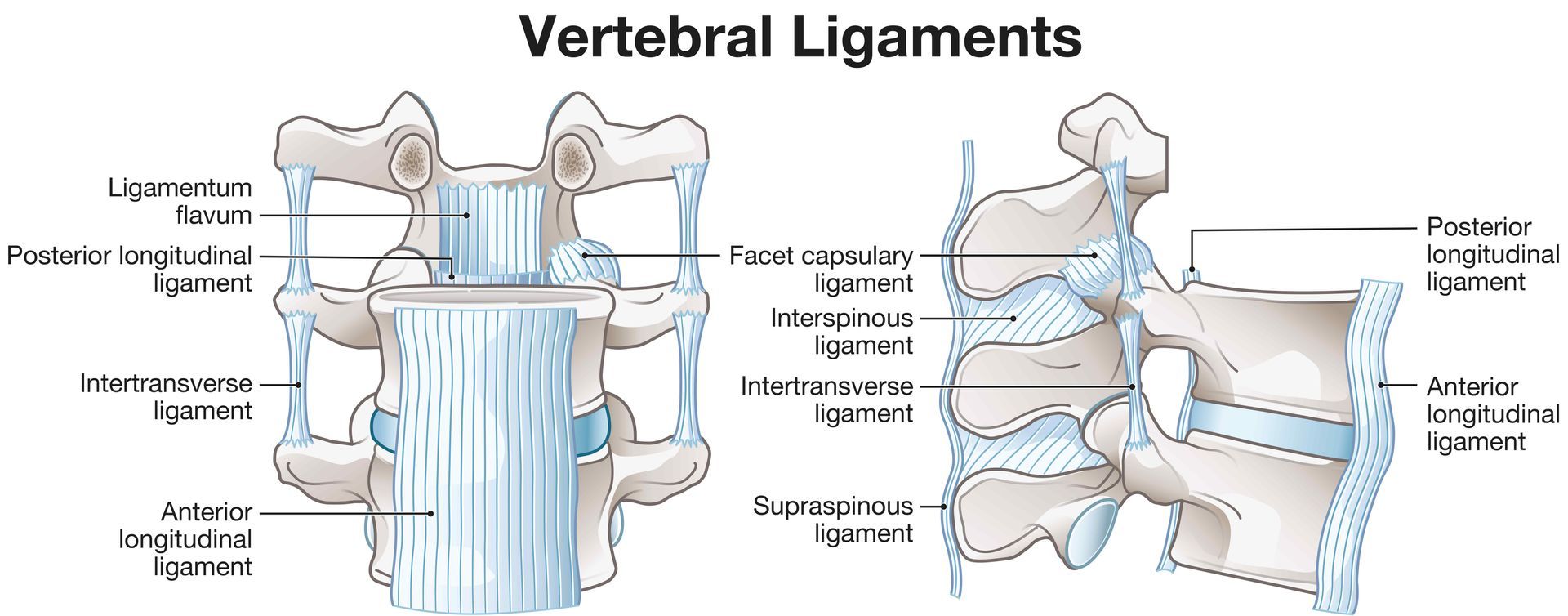
Spinal Ligament Injuries
What Are Spinal Ligament Injuries?
The ligaments in the spine play a crucial role in holding the vertebrae in place and maintaining spinal stability. A car accident can cause the ligaments to stretch or tear, resulting in instability and pain. These injuries are often linked to whiplash or other impacts that put stress on the neck and back.
Symptoms:
- Pain in the neck or lower back
- Limited movement in the spine
- Muscle spasms
- Swelling and bruising
Treatment:
Spinal ligament injuries are often treated with rest, physical therapy, anti-inflammatory medications, and in some cases, wearing a brace to support the spine while it heals.
Spinal Ligament Injuries
What Are Spinal Ligament Injuries?
The ligaments in the spine play a crucial role in holding the vertebrae in place and maintaining spinal stability. A car accident can cause the ligaments to stretch or tear, resulting in instability and pain. These injuries are often linked to whiplash or other impacts that put stress on the neck and back.
Symptoms:
- Pain in the neck or lower back
- Limited movement in the spine
- Muscle spasms
- Swelling and bruising
Treatment: Spinal ligament injuries are often treated with rest, physical therapy, anti-inflammatory medications, and in some cases, wearing a brace to support the spine while it heals.

The Importance of Immediate Care
Spine injuries from car accidents can range from mild discomfort to life-altering conditions. If you’ve been involved in a car accident and are experiencing pain, it’s crucial to seek medical attention immediately. Early diagnosis and treatment can help prevent further damage, and in many cases, improve recovery outcomes.
If you or someone you know has suffered a spine injury in a car accident, contact us today for a free consultation. We can help you navigate the claims process, connect you with experienced medical providers, and ensure you get the compensation you deserve. Your health and recovery matter—we’re here to support you every step of the way.
Quick & Reliable
We are available 24/7 to Guide You to Better Health.
CALL CHRISTINA NOW is here to help 24 hours a day, 7 days a week, offering free and compassionate support. When you call us, we'll listen to your concerns, understand the specifics of your accident, help you find medical care for your injuries, and connect you with a professional who can advise you on the legal aspects of your situation.
CALL CHRISTINA NOW specializes in assisting with Lawyer and Medical Accident matters. If you've been in a car, motorcycle, or truck accident—or any other kind of accident—contact us today for trustworthy support.
DISCLAIMER:
CALL CHISTINA NOW isn't a law firm and can't provide legal advice, but we can refer you to the right attorney who can.
All Rights Reserved | Call Christina Now
Copyright © Call Christina Now Offers All Rights Reserved 2025
View Our Privacy Policy | Terms & Conditions | Disclaimer

